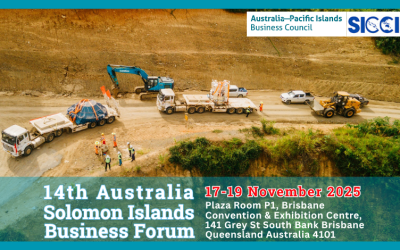Fiji’s economy has entered rare territory: deflation. The latest figures from the Fiji Bureau of Statistics show that the Consumer Price Index fell by 0.9 per cent in the 12 months up to September 2025, meaning on average prices are lower now than a year ago.
Month-on-month comparisons reveal sharper movements: prices in September 2025 were 3.8 % lower than in September 2024. Yet between August and September 2025, the CPI ticked up 0.3 per cent, a signal that short-term price behaviour is volatile.
The deflation outcome stems from broad-based downward pressure across many categories of the CPI basket. Analysts suggest that soft demand, global commodity price shifts, and supply chain adjustments are contributing factors. Historically, deflation can pose risks: it can encourage delayed consumption, squeeze margins for producers, and complicate debt dynamics as nominal incomes stagnate or fall.
For policymakers, the deflation reading arrives at a delicate moment. The Reserve Bank and Ministry of Finance may need to reassess interest rate settings, liquidity support, and fiscal policy. With price expectations turning negative, there is a danger of entering a deflationary spiral if not checked. At the same time, any intervention must avoid fuelling inflation beyond sustainable levels.
Some sectors may gain from lower input costs and consumer purchasing power, while others, especially those with tight margins or debt obligation, could see pressure. The statistics office’s release is also a reminder that headline inflation doesn’t always tell the full story: sub-indexes may reveal price increases in essential items like food, energy, or housing.
As Fiji faces this deflationary phase, economic watchers will be closely monitoring monetary and fiscal responses, wage trends, and consumer behaviour in the months ahead. Will this be a fleeting dip, or the start of a new pricing environment for the island economy?



